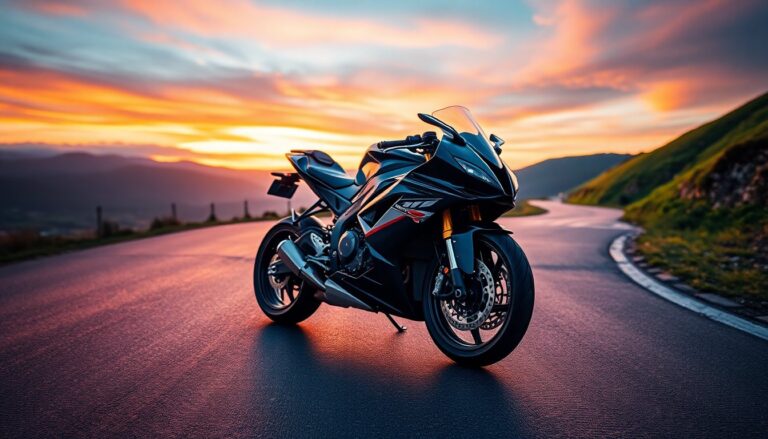Argomenti trattati
Superbikes represent the pinnacle of motorcycle engineering, combining stunning aesthetics with unmatched performance. These high-powered machines extend beyond mere speed; they symbolize a lifestyle choice for many enthusiasts. With designs and specifications continually evolving, superbikes captivate both riders and spectators, providing an adrenaline rush that few vehicles can replicate.
The evolution of superbikes
The history of superbikes traces back to the late 1970s and early 1980s, when manufacturers began to push the boundaries of motorcycle technology. Early models such as the Kawasaki Ninja and Honda CBR laid the groundwork for future innovations. These motorcycles showcased advanced aerodynamics, enhanced engines, and superior handling capabilities, establishing a new category that excited riders around the globe.
Key milestones in superbike development
Over the decades, notable milestones have shaped the superbike industry. The introduction of fuel injection systems in the 1980s significantly improved engine performance, yielding enhanced fuel efficiency and delivering power with greater precision. The 1990s marked the emergence of anti-lock braking systems (ABS), which increased safety while preserving the exhilarating experience of riding. More recently, innovations in electronics, including traction control and ride-by-wire systems, have further elevated the overall riding experience.
What makes a superbike special?
A superbike embodies a unique blend of power, technology, and design that sets it apart from standard motorcycles. Typically, a superbike engine generates over 200 horsepower, enabling riders to achieve remarkable speeds. However, it is not solely about sheer power; the chassis design is crucial to the motorcycle’s handling, ensuring stability and responsiveness at high velocities.
Performance features of superbikes
Superbikes are meticulously designed with specific performance features that enhance speed and control. The incorporation of lightweight materials, such as carbon fiber and aluminum, significantly reduces the motorcycle’s weight, improving both acceleration and agility. Furthermore, high-performance tires paired with advanced suspension systems provide exceptional grip and stability, allowing riders to navigate corners with assurance.
The emotional connection to superbikes
For many riders, superbikes symbolize more than just machines; they embody a profound emotional connection. The thrill of riding, the roar of the engine, and the sensation of freedom contribute to an exhilarating experience that becomes integral to the rider’s identity. Events such as motorcycle shows, racing competitions, and community rides cultivate a sense of belonging among enthusiasts, forging bonds that extend beyond the act of riding.
Superbikes in popular culture
The allure of superbikes permeates popular culture, with numerous films, video games, and advertisements showcasing their power and beauty. Iconic movies like Top Gun and The Dark Knight prominently feature superbikes, enhancing their status as symbols of freedom and adventure. This portrayal captivates audiences and motivates new riders to delve into the world of motorcycles.
The future of superbikes
The superbike landscape is undergoing significant transformation, driven by innovations such as electric superbikes. Manufacturers are exploring electric powertrains that not only promise exhilarating performance but also aim to reduce the environmental footprint associated with traditional combustion engines. This shift reflects a broader trend towards sustainability in the automotive sector. Furthermore, the superbike community continues to thrive, attracting new enthusiasts eager to experience the thrill of these remarkable machines. As technology advances, the potential for enhanced performance and eco-friendliness seems limitless.

